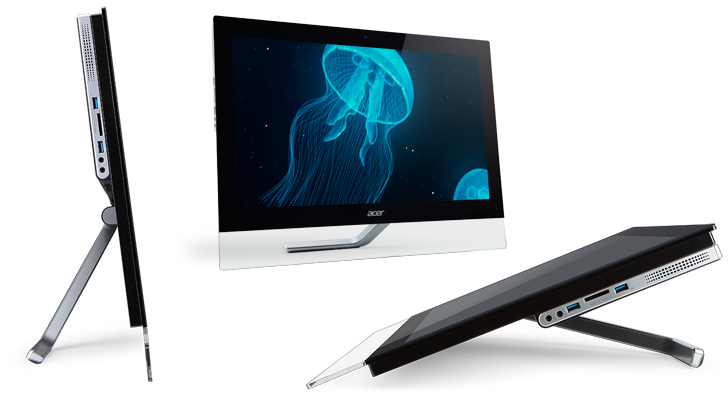


Gargoyle's developer says the firmware's primary focus is to provide a polished interface for advanced features that is at least as easy to configure as any existing firmware. Among its features are dynamic DNS, quality of service, access restrictions, bandwidth quota management, bandwidth monitoring tools, and an AJAX-based GUI.
#Belkin custom firmware full
Gargoyle was originally available as a third web interface for OpenWRT but it's now being released as a full firmware image for routers such as the Linksys WRT54G series and the Fonera. A list of compatible routers is available here along installation instructions for each model. The OpenWRT project also provides regular bug fixes and updates, even for devices no longer supported by their manufacturers. One that stands out is its fully writeable file system, which allows for installation of updates without rebuilding and flashing a complete firmware image. It primarily uses a command-line interface, but also features optional web-based GUI interfaces via separate packages such as LuCI or X-Wrt, allowing easier access to a wide range of features. OpenWRT is a customizable firmware mainly installed on embedded devices and aimed mostly toward advanced users. Also check the Frequently Asked Questions and the included readme before installing. Check their homepage to see if your router model and revision is listed. Tomato is also not available on as many routers as DD-WRT. Other features include advanced Quality of Service rules, Wi-Fi signal boosting, access restrictions, and wireless client mode. It does almost everything DD-WRT can, but with a simplified web interface that makes heavy use of AJAX and also features a pretty nifty SVG-based graphical bandwidth monitor. Tomato is a small, lean and simple replacement firmware for Linksys WRT54G/GL/GS, Buffalo WHR-G54S/WHR-HP-G54 and other Broadcom-based routers. You can check if your router is supported by visiting the Supported Device List in the DD-WRT wiki, and also make use of their Router Database, which will help you find particular instructions for your model and revision. DD-WRT has a crazy amount of features, too many to list here, but some highlights include support for IPv6, advanced QoS for bandwidth allocation, radio output power adjustment (to boost your Wi-Fi signal), bandwidth monitoring, a variety of Wi-Fi hotspot services and a lot more. This Linux-based firmware currently supports more than 200 different devices and is so well developed and documented, that it comes pre-installed with routers manufactured by Buffalo Technology and a few others.

DD-WRTĭD-WRT is by far the most popular and widely tested of the bunch. With that said, if you're feeling adventurous (and if you are reading TechSpot we have to assume you are open to this sort of things), proceed at your own risk. We should note that installing a custom firmware will likely void your warranty and if anything goes wrong there's also a chance you might brick the device. Since the installation procedure will vary by device, we can't practically include instructions for all supported hardware, but we'll point you in the right direction, so you can see if your router is supported and follow the installation notes.
#Belkin custom firmware upgrade
After a relatively simple upgrade to a free third-party firmware, you'll be able boost your wireless signal, prioritize what programs get your precious bandwidth, and do lots of other stuff usually reserved for pro-grade wireless routers.īelow you'll find a selection of the most popular options out there, along with some basic information and strong points. Luckily for you, people have been working on ways to get the fancy stuff running on your average $60-$100 device. Any decent consumer-grade wireless router will do the job well enough most of the time, while more inquisitive folks can still tweak around a few configuration options to make sure things are running smoothly.īut beyond the stock features that came with your router, there are many things that the hardware you bought might be capable of it just happens that the manufacturer decided not to include them for a variety of reasons that go from keeping things simple, to the fact that they sell more expensive models to people who need those features. For most users a good wireless router is the one that you set up in a few easy steps and forget about it as long as it gets you online.


 0 kommentar(er)
0 kommentar(er)
